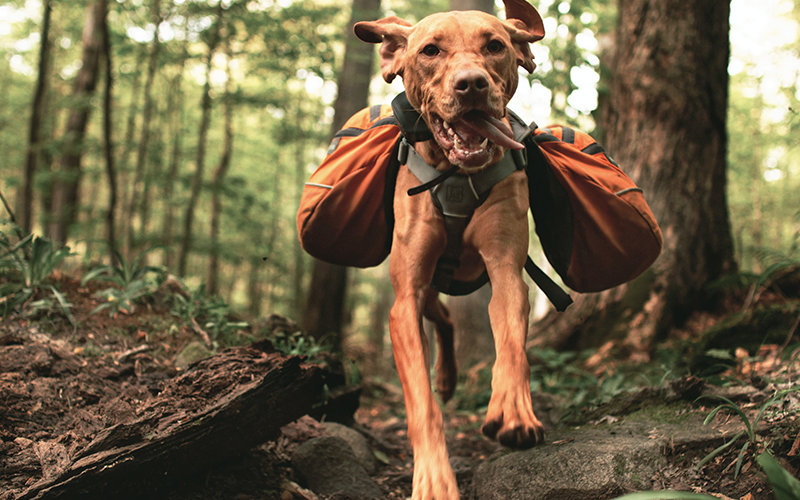Studies show that most pet owners don’t have an emergency preparedness plan for their pets. To help remedy that, here’s a practical client handout for Emergency Preparedness Week.
LifeLearn has Disaster Relief packages that can be distributed to your clients in the event of a natural disaster. Sign up for our mailing list to ensure you receive the latest content from us.
Want to customize your own Disaster Relief package for your clinic? Subscribe to ClientEd and get access to over 2000 pet health articles, written specifically for pet owner education and compliance.
When a natural disaster strikes, you could be on your own for days. During this time, your pet will depend on you for their safety and well-being. Are you pet-prepared? If not, here are three unsettling statistics that emphasize why having an emergency preparedness plan for your pet is more important than ever.
- According to the National Climate Assessment, “the intensity, frequency, and duration of North American hurricanes have all increased since the early 1980s,” and increases in projected rainfall across all U.S. regions are expected to increase urban flooding.
- According to the Centre for Research on the Epidemiology of Disasters, the number of flood and storm catastrophes has risen by 4% annually.
- According to EM-DAT: The International Disaster Database, the total number of natural disasters has significantly increased since 1960, with a marked increased in weather-related disasters.
Such sobering statistics explain the proliferation of crank radios, 72-hour backpack emergency kits, and other prepper gear at retail chains and hardware stores. More people now subscribe to the adage, “Hope for the best but prepare for the worst,” and according to a 2018 YouGov poll, 51% of Americans feel they’re prepared for a natural disaster. Yet this would not appear to include pets!
According to a 2018 survey conducted by Banfield Pet Hospital, 91% of pet owners were not prepared to care for their pets during a natural disaster. Such unpreparedness can cause pets to become lost, injured or worse, and can put pet owners and first responders in danger.
To avoid this, here’s how to make an emergency kit for pets:
Include a three-day supply of everything you may need. Even if you don’t have to evacuate your home, you may be without power or water. In case there is an evacuation, make sure your kit is “grab-and-go” like the backpack emergency kits recommended for people.
Some things to include (if applicable):
- 3-day supply of non-perishable pet food
- 3-day supply of water
- manual can opener
- bowls
- pet carrier
- leash, harness and/or muzzle
- blankets and/or towels
- one or two pet toys
- plastic bags, gloves, general disinfectant, and a hand sanitizer
- litter pan, litter, and scooper, and/or a supply of puppy pads
- pet first aid kit
- any medications that your pet is taking
- veterinarian contact information and copies of vaccination certificates
- list of friends/relatives with whom you and your pet can stay
- list of hotels/motels that accept pets
- list of boarding facilities in your area
- information about your pet’s feeding schedule, temperament and health, in case you need to leave your pet at a boarding facility
- a recent photo and description of your pet, along with your contact information, in case you get separated
- ID tag/microchip number
Some items, like medications, may not lend themselves to pre-packing. For these, tie a note to your emergency kit as a reminder to grab them in the event of an evacuation.
Remember to check the contents of your kit every six months to make sure the supplies are fresh and up to date.
Hopefully your pet emergency kit is something you’ll never have to use. Yet if you do, you’ll be glad you have it. Preparing ahead of time provides peace of mind and helps to ensure your pet’s safety.
For more about disaster preparedness, visit www.ready.gov or www.getprepared.gc.ca.
Download Your Free Disaster Preparedness Checklist






